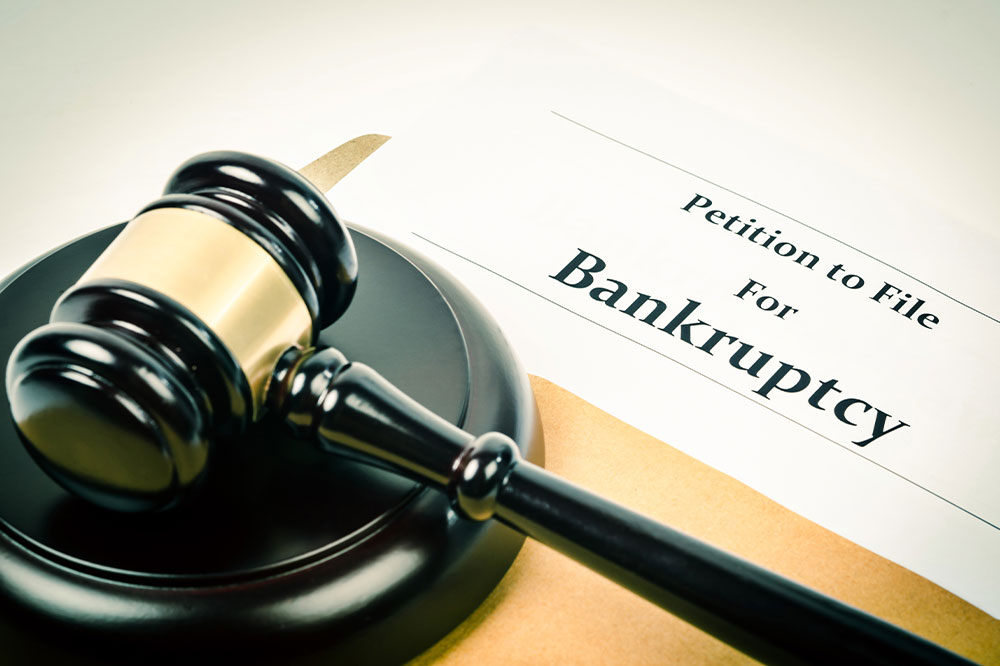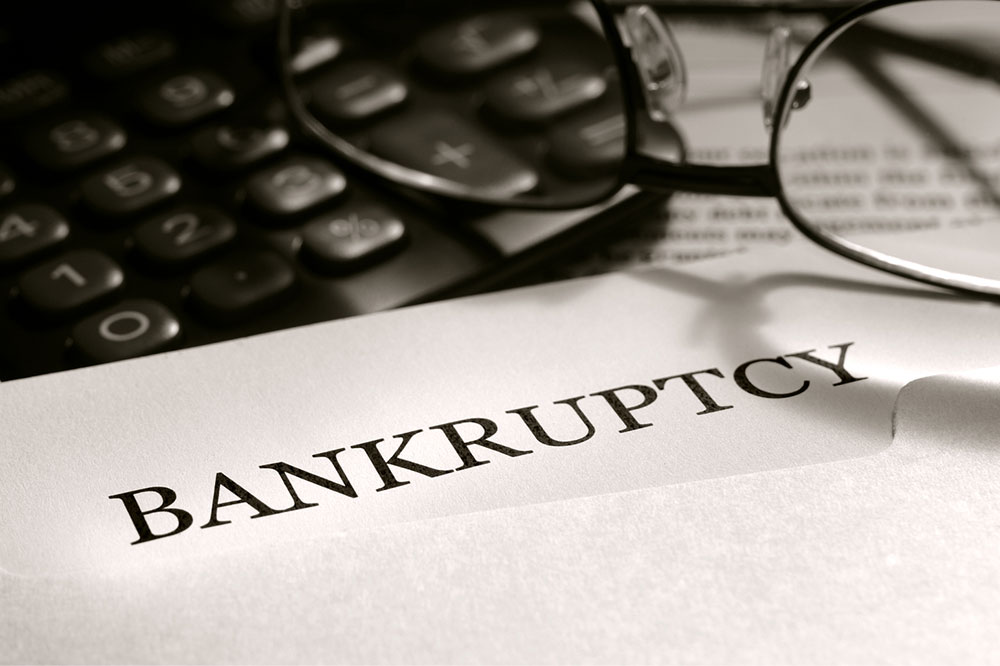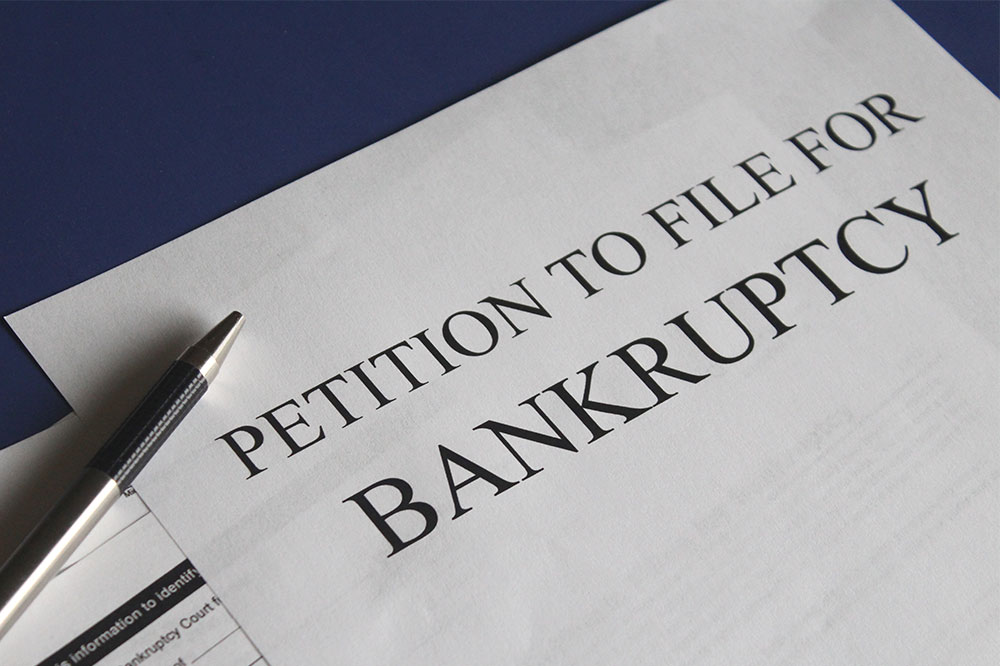Simple Online Options for Filing Bankruptcy
Discover easy online methods to file for bankruptcy, including legal forms, self-representation tools, and nonprofit services. Learn about Chapter 7 and Chapter 13 options to manage your debts efficiently and start anew with digital convenience.
Sponsored

If managing expenses like credit card bills and loans feels overwhelming, and your bills surpass your monthly income, financial hardship may be imminent. When debt becomes unmanageable, filing for bankruptcy might be your best option. Fortunately, there are straightforward online methods to initiate the bankruptcy process and start fresh. Learn how to file for bankruptcy digitally and explore various avenues to resolve your financial troubles.
Legal Assistance
Most law firms now offer online bankruptcy form submissions. Typically, they provide a questionnaire you can complete from home, allowing more time to gather documentation and answer questions accurately. Many firms have digital forms accessible via tablets, computers, or smartphones, streamlining the process.
Self-Representation via Digital Tools
The Electronic Self-Representation (eSR) software is a free online service that enables individuals to prepare and submit Chapter 7 bankruptcy forms without attorney assistance. This tool has been adopted by the Central District of California Bankruptcy Court in Los Angeles and the Western District of Missouri Bankruptcy Court.
Online Bankruptcy Petition Services
Bankruptcy petition preparers are non-attorneys trained to assist in preparing your documents, charging a fee for their services. They help compile your petition, which you then file in the U.S. Bankruptcy Court.
Upsolve
Upsolve is a nonprofit that provides free legal aid for low-income individuals who wish to file for Chapter 7 bankruptcy online. It's ideal for those without real estate assets seeking a simple, digital filing process.
Regarding bankruptcy chapters, the two most common options available online are:
Chapter 13 involves a repayment plan lasting 3-5 years, preserving your assets while settling debts gradually.
Chapter 7 allows you to discharge debts by selling non-essential property like jewelry, second cars, or luxury items. The proceeds go to creditors, making it the preferred choice for many individuals seeking quick debt relief.






